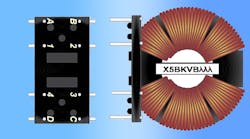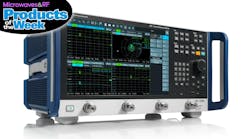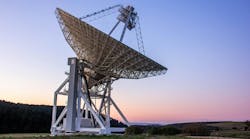Satellites are being launched with greater frequency as they become more routine parts of communications network infrastructure. In addition to major systems for communications, smaller spacecraft (such as CubeSats) are being launched for research purposes, driven by initiatives from NASA. Global satellite communications (satcom) markets are projected to grow for many years.
Satellites are also used for many other non-communication-related applications, including for gathering weather and geological data (such as the Landsat system), as well as providing timing and navigational information (such as the GPS systems). Still, it is their capabilities to send and receive signals beyond ground-based physical and electromagnetic (EM) obstructions that make them attractive for communications links.
While an increasing number of smaller satellites are being launched, some big birds still fly. Most recently, ViaSat announced the completion of a critical design review (CDR) milestone for its ViaSat-3 class spacecraft, now moving forward with Boeing on building, performing systems integration, and fully testing their first two ViaSat-3 satellites, powered by all-electric propulsion systems.








